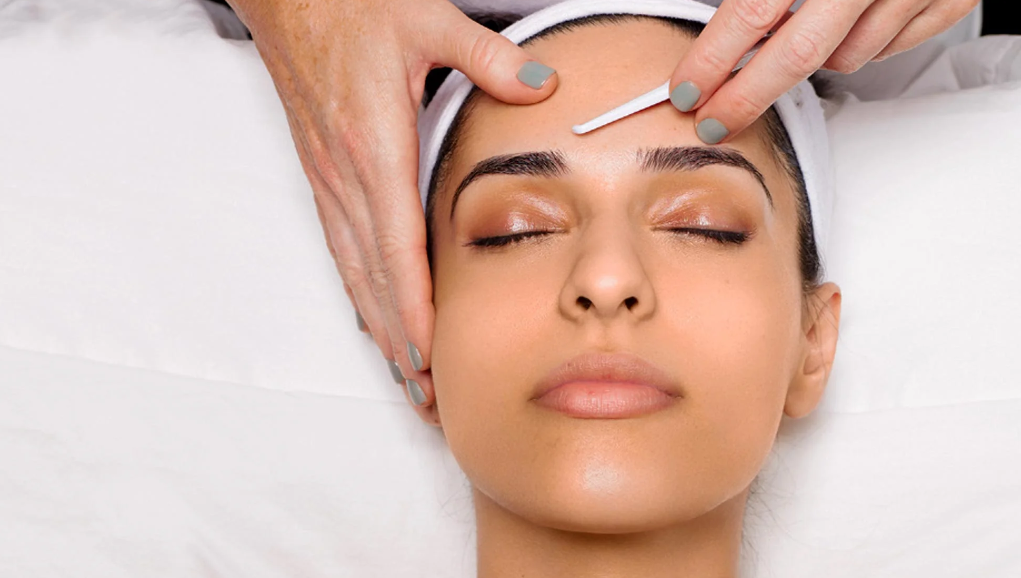
What is Dermaplaning
Dermaplaning is a cosmetic procedure where a trained professional uses a surgical scalpel to gently scrape off dead skin cells and fine vellus hair (commonly known as peach fuzz) from the surface of the skin. This process exfoliates the skin, leaving it smoother, brighter, and more even in texture. It can also help with the penetration of skincare products and makeup application.
How does Dermaplaning work?
Dermaplaning works by using a sterile surgical scalpel to gently exfoliate the outermost layer of dead skin cells and fine vellus hair (peach fuzz) from the surface of the skin. The trained professional performing the procedure holds the skin taut and uses light, feathering strokes to remove the unwanted debris and hair. This process effectively reveals smoother, brighter skin underneath and allows for better penetration of skincare products.
Why is Dermaplaning good for skin?
Dermaplaning offers numerous benefits for the skin. Firstly, it provides thorough exfoliation by removing dead skin cells from the surface, resulting in a smoother and brighter complexion while also unclogging pores. Additionally, this process enhances the absorption of skincare products, allowing them to penetrate deeper into the skin for improved effectiveness. Dermaplaning also effectively removes fine vellus hair, commonly known as peach fuzz, which can contribute to a smoother appearance and facilitate flawless makeup application. Moreover, by stimulating cell turnover and collagen production, dermaplaning helps promote the growth of new, healthy skin cells and reduces the appearance of fine lines and wrinkles over time. Overall, dermaplaning leaves the skin looking rejuvenated, radiant, and refreshed.
Will it make the hair on my face grow back thicker and darker?
No. There are two main types of hair that grow on the body: vellus hair and terminal hair. Vellus hair is typically found on most areas of the body, except for the palms, soles, lips, and genital areas, while terminal hairs are commonly found on the scalp, underarms, and pubic region. Vellus hair is soft and fine and grows back at the same rate and texture.
FAQs
How often should I have Dermaplaning treatments?
Dermaplaning treatments are generally recommended every 4 to 6 weeks. This frequency allows for the optimal removal of dead skin cells and peach fuzz while supporting ongoing skin rejuvenation. Your skincare professional can advise on the best treatment schedule based on your individual skin needs and goals.
Is Dermaplaning suitable for all skin types?
Dermaplaning is suitable for most skin types, including sensitive skin, but it may not be recommended for individuals with active acne or severe skin conditions. It’s important to consult with a trained professional who can assess your skin and determine if Dermaplaning is appropriate for you.
What should I do to care for my skin after a Dermaplaning session?
After a Dermaplaning session, it’s important to keep your skin well-hydrated and protected. Avoid direct sun exposure and use a broad-spectrum sunscreen to protect your newly exfoliated skin. You should also avoid using harsh skincare products or exfoliants for a few days to prevent irritation.
Can I wear makeup immediately after Dermaplaning?
Yes, you can wear makeup immediately after Dermaplaning. In fact, many people find that their makeup applies more smoothly and evenly due to the removal of dead skin cells and fine vellus hair. However, it’s advisable to use gentle, non-comedogenic products to avoid any potential irritation.